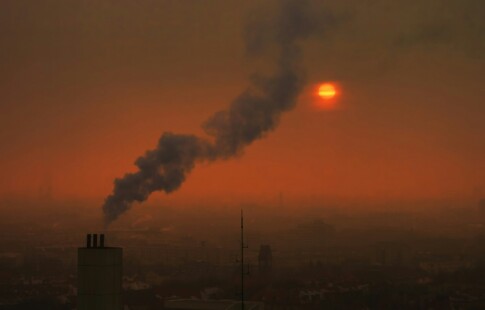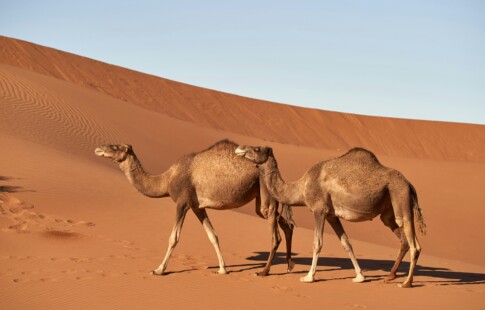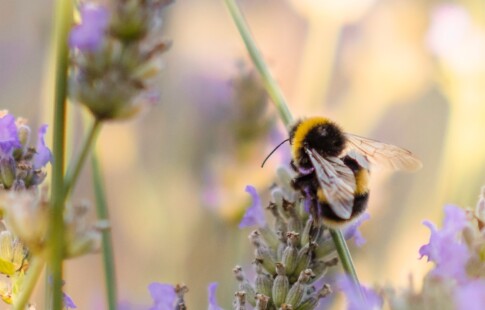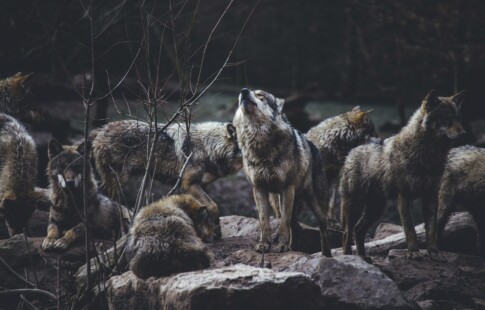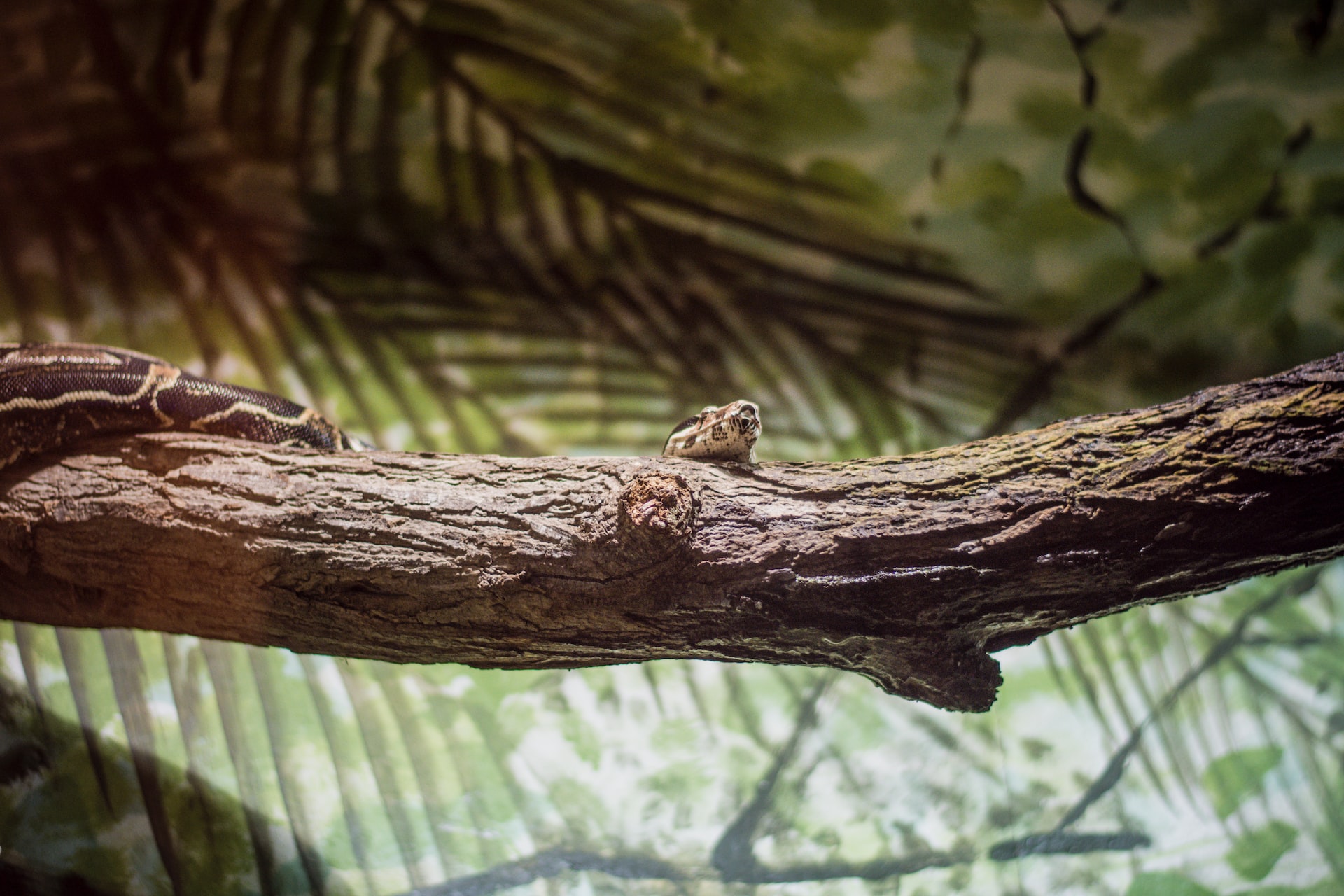
The Ecological Impacts of Trophic Cascades
We are reader-supported. When you buy through links on our site, we may earn affiliate commission.
The earth’s food web is a complex system that serves as the foundation for a thriving ecosystem. Big cats prey on plant-eating wildebeest and zebra. Blue whales consume massive amounts of krill. Pandas survive on a strict bamboo diet. When one species — predator or prey — suddenly disappears, the trophic cascade can threaten the entire ecosystem. What exactly is a trophic cascade and how does it affect different species and habitats? Keep reading to explore their ecological impacts.
What Is a Trophic Cascade?
The most straightforward trophic cascade definition is indirect ecological changes that alter the predator-prey structure of an ecosystem.
Although ecosystems undergo natural changes all the time due to flooding events, droughts, volcanic eruptions, and wildfires, human-induced factors — pollution, land degradation, farming, and climate change — are becoming more pronounced.
Trophic cascades occur worldwide in all ecosystems — but to fully answer “what is a trophic cascade,” one must understand the food chain and each group’s importance to its ecosystem.
The food chain is made up of the following groups of organisms:
- Producers: Organisms at the bottom of the chain, such as plankton, plants, and microorganisms, consumed in large amounts
- Herbivores: Organisms that consume the producers
- Predators: Animals that eat other animals, having the most profound impact on species prevalence within the ecosystem
Typically, trophic cascades are considered top-down or bottom-up — and any significant disruption could cause the entire ecosystem to collapse.
In a top-down cascade, apex predators that control the lower trophic levels disappear, which alters the food web — not entirely surprising considering humans have driven the extinction rate 1,000 to 10,000 times higher than it used to be. When top predators begin to disappear, herbivores become overpopulated and wipe clean the producer populations.
Pacific Sea otter Population Decline
For a trophic cascade example, one should look no further than the Pacific sea otter population declining due to human and boat interactions. Fewer otters have enabled their main prey, purple sea urchins, to flourish. As a result, widespread kelp predation has depleted kelp forests along California’s coastlines.
Conversely, bottom-up cascades occur when changes to producer populations decline first. Often, these changes result from extensive vegetative degradation, leaving less for herbivores to consume. As the herbivores die off, predators end up starving.
For example, before a massive drought hit the Southern Plains in 1846, bison thrived from 500 years of rich grasslands, above-average precipitation, and mild winters. Once the land began to dry up again — coupled with increased hunting — the bison population fell steeply.
However, trophic cascades aren’t always harmful to an ecosystem. Sometimes, trophic cascades allow endangered species time to replenish their numbers or for scientists to reintroduce a species to a particular habitat.
Case Study: Burmese Pythons in the Everglades
Burmese pythons, native to Southeast Asia, have overrun the Florida Everglades and wreaked havoc on the fragile ecosystem since the exotic pet boom in the 1980s.
Considering that adult Burmese pythons can reach 20 feet long with the width of a telephone pole, it was easy to predict that many owners would release their pet snakes into the wild.
Of course, numerous snakes fled for the marsh when Hurricane Andrew destroyed a python breeding facility in August 2022. Today, it’s impossible to know how many Burmese pythons invade the Everglades, but experts believe numbers are in the thousands.
The Burmese python has initiated a trophic cascade in the Everglades, driven by its rapidly-increasing population — females can lay up to 100 eggs annually — and voracious appetite.
Analysis of its digestive system shows that the Burmese python preys on 37 species in the marsh, including deer, birds, and alligators. Even more alarming, the massive snakes prey on the endangered wood stork, Key Largo woodrat, and other species of concern, like the white ibis, limpkin, Florida panther, and Cape Sable seaside sparrow.
According to the U.S. Geological Survey (USGS), Burmese pythons in the Everglades are accountable for a 99.3% decrease in raccoon populations, a 98.9% drop in opossums, and an 87.5% drop in bobcats since 1997.
Little is known yet about the effects of this trophic cascade on the Everglades’ forest structure. However, scientists predict the python’s suppression of herbivores, like deer and rabbits, will affect fruit tree seed distribution and transform the vegetation.
Additionally, the Burmese python doesn’t prey on soft-shell turtles but eats the species that generally do. This has left the Everglades turtle population unchecked, which could have dire implications for producer organisms and the ecosystem’s nutrient and chemical cycling processes.
Preventing Trophic Cascades
Some trophic cascades are beyond human control, but we can still play a critical role in improving animal and plant populations for optimal ecosystem health.
Since human activity has dramatically increased global warming and climate change, we must ensure we cut back on our carbon footprint, reduce consumption, clean up our trash, and lean into greener alternatives.
Implementing stronger environmental regulations on urban development, pollution, and poaching of terrestrial and aquatic mammals is another way humankind can ease ecological pressures and help prevent trophic cascades.
Balanced Trophic Levels Required for Ecosystem Vitality
Ecological health relies on a balanced food web system. Therefore, safeguarding wildlife and protecting habitats is critical to preventing trophic cascades that lead to ecosystem-wide collapse.
Share on
Like what you read? Join other Environment.co readers!
Get the latest updates on our planet by subscribing to the Environment.co newsletter!
About the author

Steve Russell
Steve is the Managing Editor of Environment.co and regularly contributes articles related to wildlife, biodiversity, and recycling. His passions include wildlife photography and bird watching.

